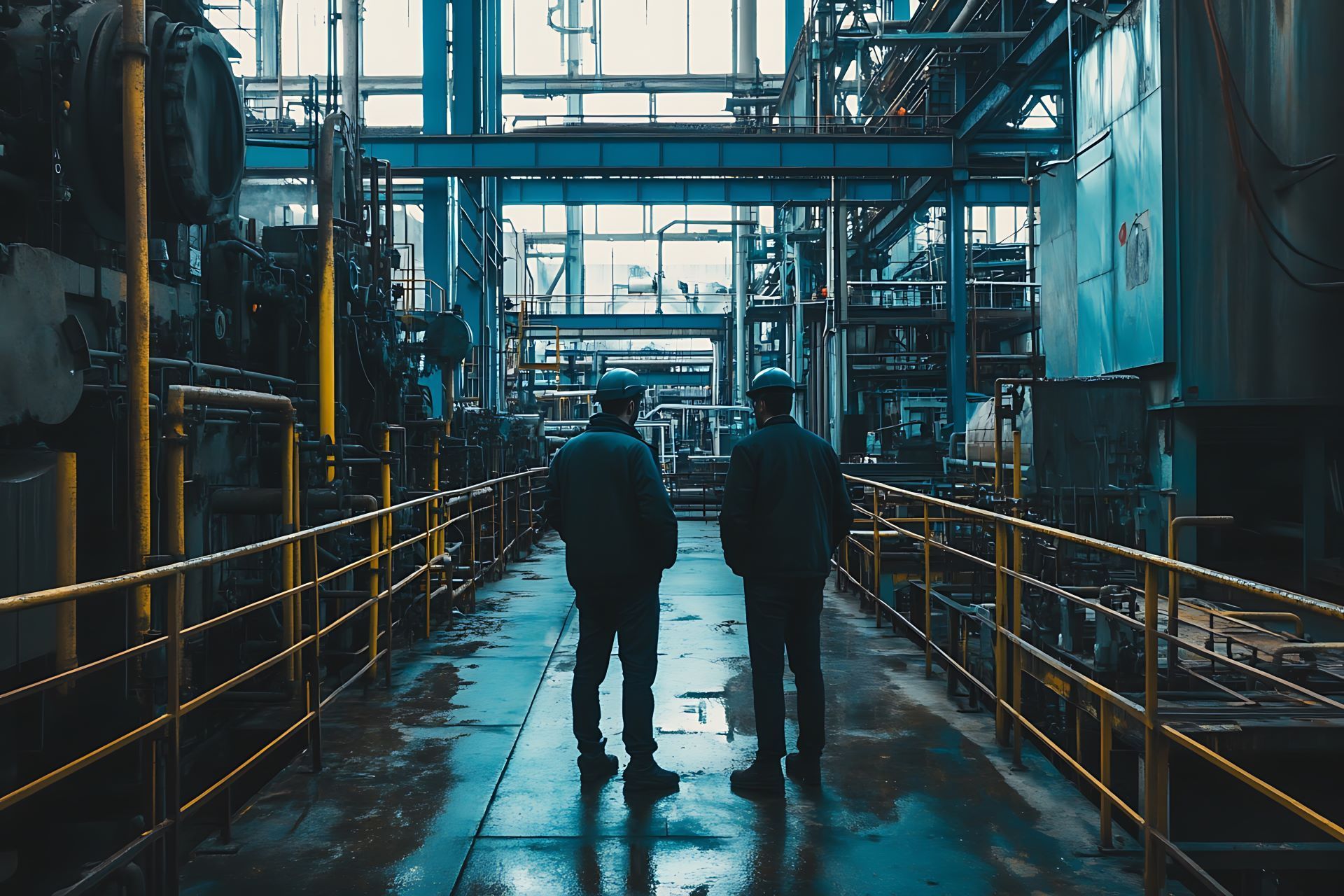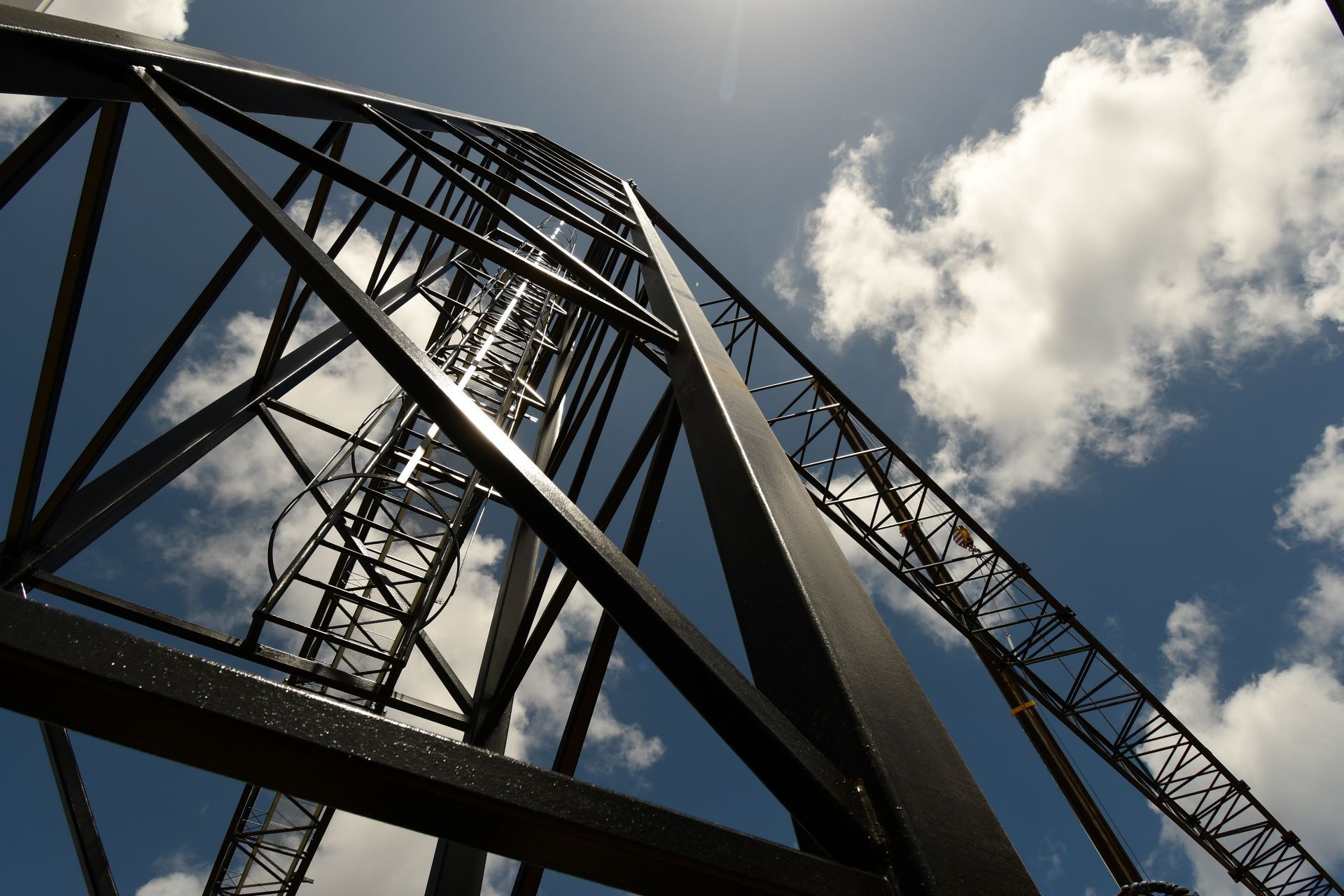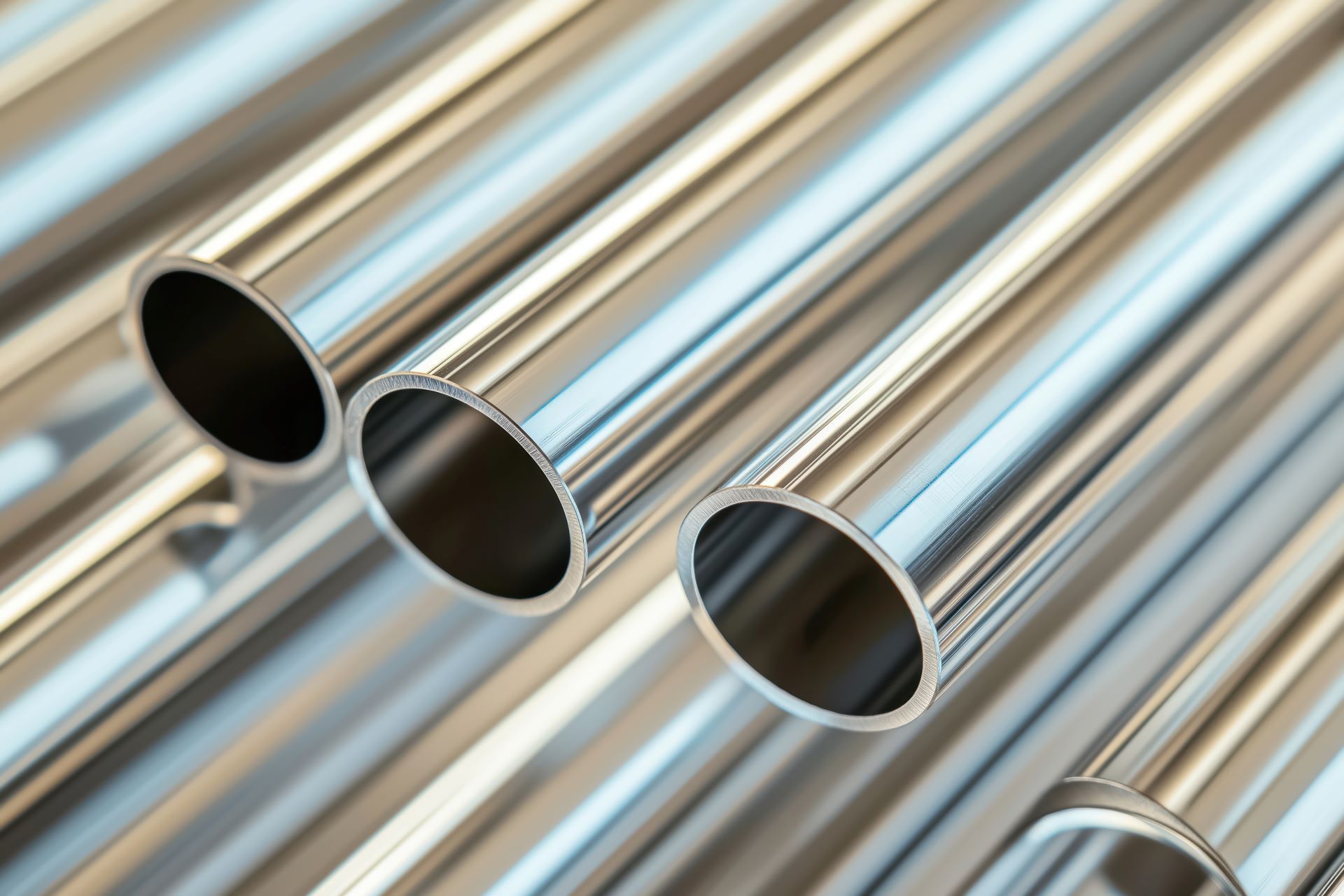Aluminum vs Stainless Steel: What Is the Right One for Your Project?
Aluminum and stainless steel are two of the most widely used metals in manufacturing, construction, marine, and food-grade industries. While both offer impressive corrosion resistance and versatility, their performance characteristics vary significantly. Understanding differences in density, strength, corrosion behavior, and fabrication processes is essential for selecting the right material for any industrial application.
What These Metals Are Made Of and Why It Matters
Aluminum Alloys That Keep Projects Light and Strong
Aluminum is a nonferrous metal derived from bauxite ore, refined into alumina and reduced through electrolysis. The Aluminum Association explains that aluminum’s corrosion resistance and low weight make it ideal for transportation, aerospace, and marine construction. Grades such as 5052, 6061, and 6063 are commonly used for structural components and coastal equipment due to their balance of strength and corrosion resistance.
At Action Stainless, we supply 1100, 3003, and 6061 aluminum, available in sheet and plate forms for use in marine, transportation, and general fabrication.
Stainless Steel Alloys That Handle Harsh Environments
Stainless steel is an alloy of iron and chromium. Chromium content above 10.5 percent creates a passive oxide layer that prevents rust formation.
The World Stainless Association shows how grades such as 304 and 316 are widely trusted for food-grade and structural environments.
Action Stainless stocks stainless steel sheet and plate that meet the demands of industrial, architectural, and sanitary systems.
How These Metals Stack Up on Performance
| Property | Aluminum (6061) | Stainless Steel (304) |
|---|---|---|
| Density (g/cm³) | 2.70 | 7.93 |
| Tensile Strength (MPa) | 290 | 505 |
| Melting Point (°C) | 660 | 1400 |
| Thermal Conductivity | 205 W/m·K | 16 W/m·K |
| Corrosion Resistance | Good | Excellent |
| Workability | High | Moderate |
| Weight to Strength Ratio | High | Moderate |
Aluminum’s lighter weight makes it an excellent choice where speed, handling, or weight savings are important. Stainless steel provides a more robust structure and is preferred when long-term strength and durability are key.
How Each Metal Handles Moisture, Chemicals and Salt
Aluminum naturally forms a protective oxide film, giving it corrosion resistance in many outdoor and marine settings. However, in very acidic or alkaline conditions, this film can break down. The National Association of Corrosion Engineers (NACE) identifies 6061 and 5052 as good performers in saltwater environments.
At Action Stainless, we provide 6061 aluminum for use in marine, dock, and coastal structures.
Stainless steel holds up better in chemically aggressive environments, especially grade 316, which includes molybdenum to protect against chloride damage. These qualities make it ideal for kitchens, labs, processing equipment, and offshore platforms.
Working with the Material including Cutting Welding and Shaping
Aluminum is easier to cut, weld, and form than most metals. It handles well in processes like saw cutting, laser cutting, and water jetting. At Action Stainless, we offer aluminum in forms that can be cut up to 18 inches thick or processed with precision using our line card capabilities.
Stainless steel is tougher to machine but provides tighter tolerances and more heat resistance. It is the preferred option when structural consistency, sanitation, or high-load strength is required.
Where These Metals Are Used Most Often
Stainless Steel in Food and Beverage Equipment
The food industry depends on stainless steel because it resists bacteria, chemicals, and wear. The FDA Food Code and USDA equipment standards recommend it for any surface that contacts food. Grades 304 and 316 are standard in commercial kitchens, production lines, and sanitary tanks.
Action Stainless stainless steel sheet is ideal for these needs.
Aluminum for Boats and Coastal Structures
In marine settings, aluminum offers high strength and low weight. The American Bureau of Shipping approves aluminum alloys like 6061 and 5052 for many ship and marine parts. We offer
6061 aluminum for docks, hulls, ramps, and more.
Stainless Steel for Architecture and Heavy Structures
From building frames to bridge supports, stainless steel provides the strength and longevity needed in construction. The
American Institute of Steel Construction includes stainless steel in its structural guidelines.
Action Stainless stainless steel plate is used in public infrastructure, bridges, and heavy-duty framing.
Aluminum in Transportation and Aerospace Projects
Aluminum is widely used in aerospace and commercial transportation thanks to its strength-to-weight ratio and fatigue resistance. The
National Aeronautics and Space Administration (NASA) relies on aluminum alloys in spacecraft and aircraft design. While aerospace engineers often use 2024 and 7075, 6061 is more common in transportation and general structures.
What to Know About Cost and Long Term Value
Aluminum is generally less expensive upfront and easier to fabricate. Its lightweight properties also reduce transport costs and simplify installation. These factors make it a cost-effective choice for lightweight applications and fast production environments.
Stainless steel has a higher material cost and can require more intensive fabrication. However, its strength, wear resistance, and minimal maintenance needs often deliver better value in long-term industrial settings.
For many applications, aluminum is the cheaper option when initial budget and processing time are priorities. Stainless steel costs more but pays off in demanding environments that require long service life, sanitation, or structural performance.
According to the
US Geological Survey, recycled aluminum uses only five percent of the energy required to make new metal. The
World Stainless Association reports that stainless steel is also fully recyclable and typically contains over 60 percent recycled content.
The Next Step to Selecting the Right Metal for Your Project
Aluminum and stainless steel each offer significant value depending on the goal of your project. Aluminum is excellent when lightness, corrosion resistance, and fabrication speed matter most. Stainless steel is ideal when strength, hygiene, and durability are the top priorities.
To request a quote or browse available material forms, visit
Action Stainless stainless steel plate,
stainless steel sheet, or
aluminum product options.
You can also download our Action Stainless Line Card PDF to explore cutting and fabrication capabilities.






